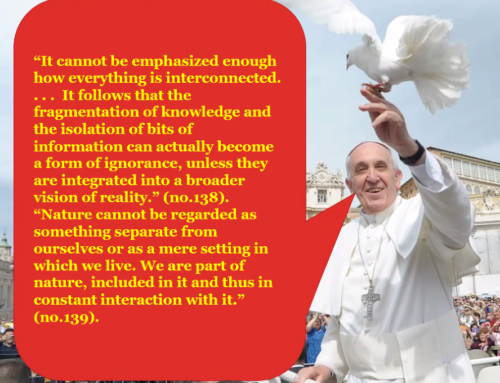The British paper the Guardian recently gave us a junk story on the topic of near-death experiences. It pushed a groundless narrative that a neuroscientist named Jimo Borjigin has done something to help explain such experiences, which is not at all correct. Borjigin’s work on this topic started out with her 2013 paper with the very misleading title “Surge of neurophysiological coherence and connectivity in the dying brain.” The paper makes a misleading use of the technical EEG terms “coherence” and “connectivity.”
An EEG is a device for measuring brain waves, one requiring the attachment of multiple electrodes on the head. In the technical jargon of EEG analysts, “coherence” means some length of time in which you are getting the same type of brain waves from two different regions of the brain. The paper here states, “Coherence is one mathematical method that can be used to determine if two or more sensors, or brain regions, have similar neuronal oscillatory activity with each other.” There are different ways in which the term “connectivity” is used by neuroscientists. One of these ways is “structural connectivity” meaning the number of connections between brain cells. But, according to that paper, there’s another way in which “connectivity” is used: “Functional connectivity identifies activity brain regions that have similar frequency, phase and/or amplitude of correlated activity.”
So given such speech customs, a neuroscientist analyzing the ups and downs of brain waves can claim “coherence” or “connectivity” as long as he sees any type of similarity between different regions of a brain giving the same kind of EEG readings. This is what the authors of the 2013 paper (including Borjigin) did. What they observed was simply the brain waves of rats quickly dying off to become a flat line. But because the brain waves from each regions quickly trailed off and died off in the same way, the authors have called this behavior “coherence” and “connectivity.”

